CSU alumni work together to share the story of the Near Peer Program: an effort that connects CSU Key students with newly arrived high-school students in Fort Morgan
At 4,324 feet above sea level, 80 miles northeast of Denver, lies a city of just over 11,000 residents. The local economy is based on agriculture and its related industries, with a meat-packing plant, cheese factory, milk-processing facility, and a sunflower seed-processing facility that employ more than 2,000 people in the area. While it may seem like a typical small town in the west, Fort Morgan is actually one of the most diverse cities in Colorado, with a mix of white, Latino, and East African immigrants.
According to census data, in 1990, 83 percent of the town was white and 21 percent was Hispanic. By 2015, the city was 48.7 percent white, 43.3 percent Hispanic or Latino, and 6 percent Black or African. Nineteen percent of the population is foreign-born and 39 percent come from non-English-speaking households (the highest percentage in the state of Colorado). Today, 20 nationalities and 27 languages are represented in the community. Much of that change is due to the labor needs of local employers.
Fort Morgan has experienced a variety of issues due the changing demographics of its people, and some racially-motivated incidents. The community – from churches to the school district to the businesses – realized some thing had to be done. Representatives from a variety of areas came together to address these concerns, including Colorado State University.
Research on Foreign-Born Labor, a CSU Professor, and a Community Connection
Eric Ishiwata (’97, Liberal Arts), associate professor of ethnic studies, examines how immigrant communities integrate into new places. His initial research focused on the various approaches Japanese communities employed to respond to a sudden influx of foreign-born labor. When Ishiwata realized that nearly identical dynamics were taking place in Colorado, he refocused his attention and began researching the same phenomenon in Greeley, Colo. Meanwhile, he regularly found newspaper articles that mentioned the ways in which Fort Morgan was taking a proactive approach to accommodating new residents. In 2013, Ishiwata reached out to OneMorgan County, a nonprofit organization, to learn more, and soon was invited to join the Community Resource Center workgroup.
“Reflecting upon the responsibilities of land-grant institutions, it seemed fitting to bridge the resources of CSU to a small, rural, eastern Colorado town that has rapidly emerged as one of the most diverse municipalities in the state,” Ishiwata says.
Ishiwata engages in community-based participatory research, which involves working collaboratively with communities to balance research and action for the mutual benefit of all project partners. He soon became involved with a variety of agencies in Fort Morgan, from the police department to Cargill to the Interfaith Ministerial Alliance.
When he began partnering with the school district, Ishiwata learned that the ratio of English Language Learner teachers to students was 100:1 (Denver has a ratio of 20:1), and that many of the students have challenges in accessing a college education, he began to work more closely with Fort Morgan High School on solutions. One solution, which he launched in fall of 2016, incorporates CSU’s Key Service students, who helped create the Fort Morgan First Generation Near Peer mentoring program, that draws on CSU’s assets to “meet the needs of a community in transition and strengthen the pipeline between the historically marginalized segments of Fort Morgan’s student population and higher education,” says Ishiwata.
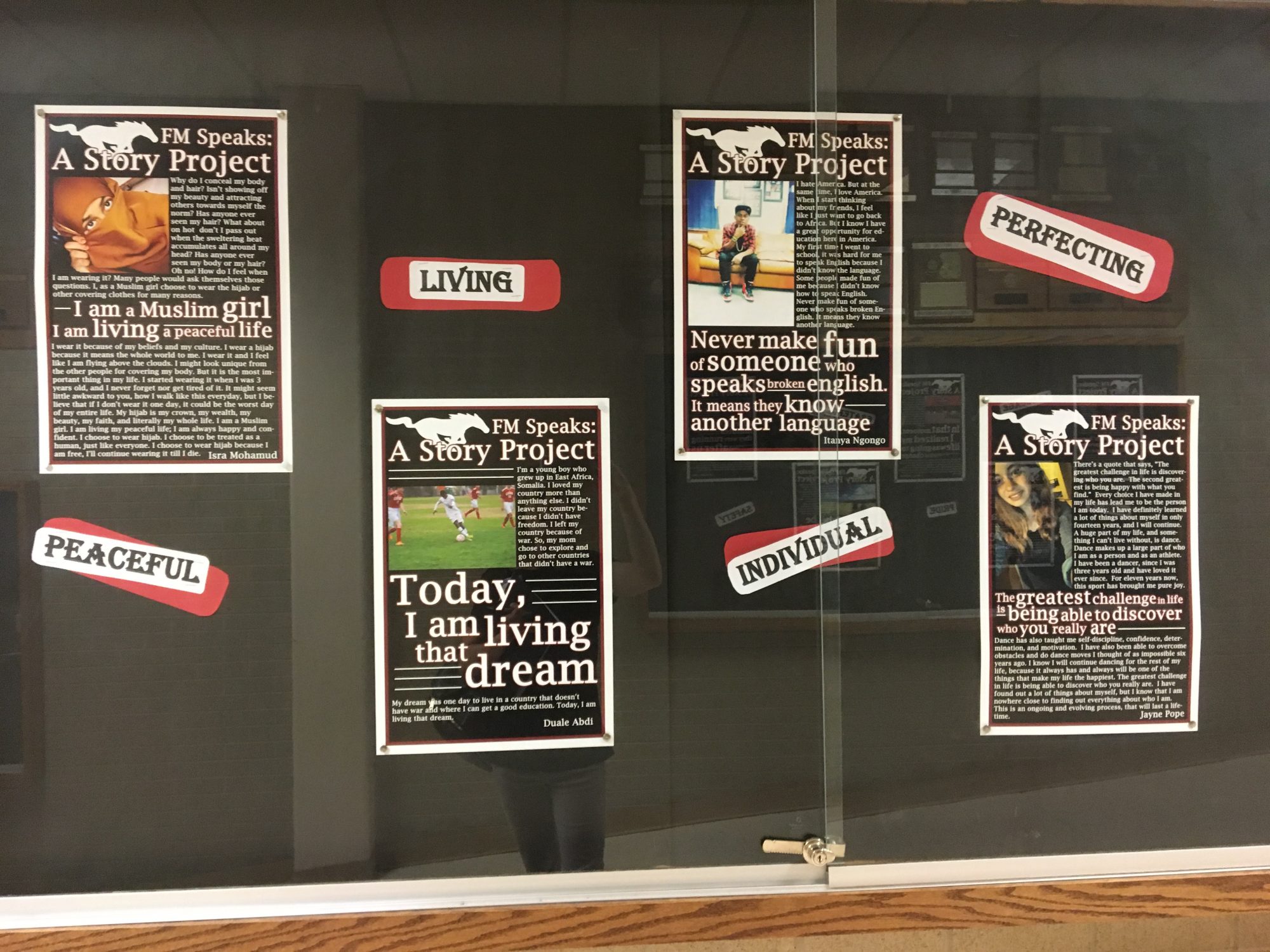
Alumni Involvement Expands
After three years of working with the Fort Morgan community, Ishiwata presented his research and community engagement efforts to a group of alumni at Great Conversations, a quarterly program established to share scholarship from the faculty in the College of Liberal Arts with community members. Sitting in the audience was Amy Hoeven (’95, Liberal Arts).
Hoeven is an experienced communicator –writing technical papers and proposals, developing marketing campaigns and outreach programs, and working in community relations and advocacy work – and former resident of Sterling, Colorado, a community 40 miles east of Fort Morgan.
Hoeven listened to Ishiwata describe the program and its impact. “I was floored that this was taking place in my backyard,” says Hoeven. “The more I interacted with students and listened to their stories, the more I understood how my skills and my experience could help raise awareness of the remarkable work taking place in this community. I wanted to tell this amazing story.”
Her inspiration, experience, and connections through her step-son to a documentary production company led to the addition of two additional CSU alumni to the storytelling team: Kyle Rasmussen (’13, Journalism) and Brandon Woolridge (’15, Interdisciplinary Liberal Arts)
Rasmussen founded BlueShoe Media shortly after graduation from CSU, and Woolridge joined him as co-owner. “I believe stories have the profound ability to connect people of different backgrounds on an empathetic level,” says Rasmussen. “Upon hearing the goals of the Near Peer program, I was immediately on board to use our storytelling expertise to shed a more informed and positive light on these students and give them a platform to share their stories.”
They turned to virtual reality to do that.
“We saw it as a beautiful opportunity to use the power of VR to immerse audiences into the stories of immigrant and refugee students at Fort Morgan High School,” says Rasmussen.
Their 12-minute documentary, Who I Am, immerses audiences into the story of the Near Peer Program, demonstrating how first-generation college students connect with immigrant and refugee high-school students and an authentic bond emerges.
“We are a product of our experiences, and our community plays a large role in shaping who we are and who we become,” says Woolridge. “For the students in Fort Morgan High School, expanding their community to include CSU college students as mentors expands the opportunities they are exposed to, which amplifies their potential to succeed.”
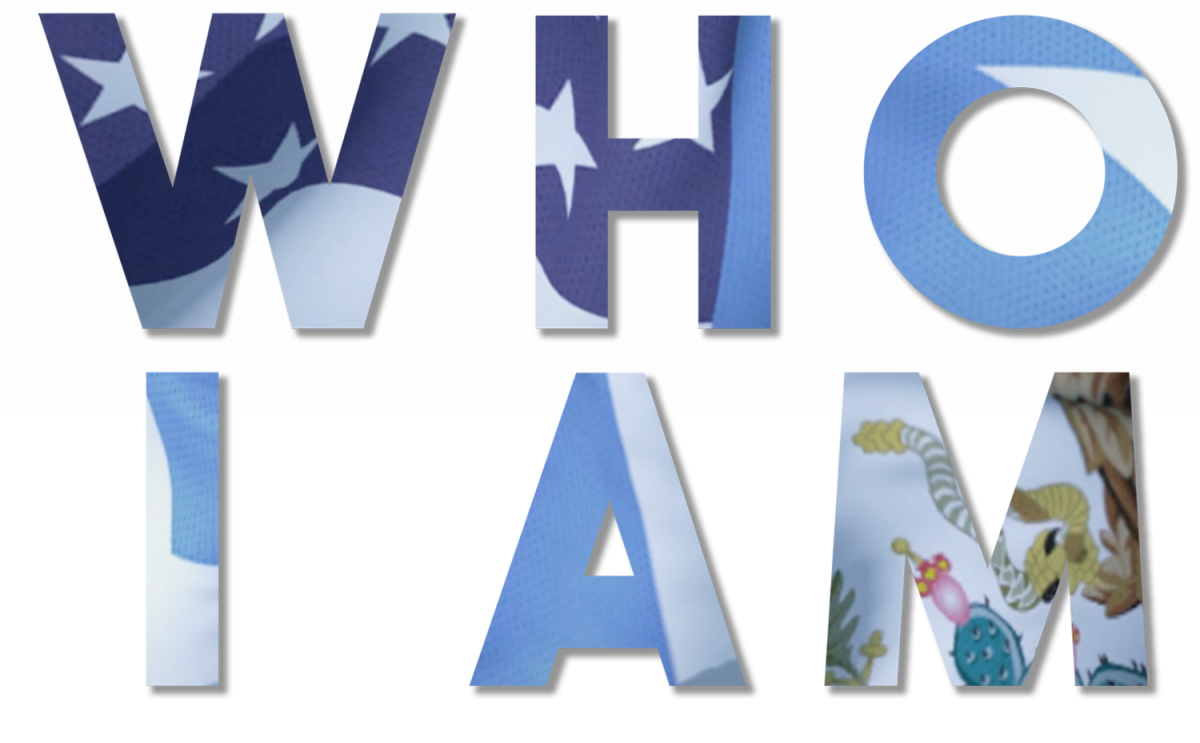
This small band of CSU alumni have shown the film locally, at the Fort Collins Museum of Discovery and at the ACT Human Rights Film Festival at CSU, and one other national festival.
On Oct. 18 at the Iris & Michael Smith Alumni Center on the main CSU campus, the alumni involved in this project and a few Key students will talk about the program and show the film.
Ishiwata, Hoeven, and Rasmussen will be in attendance to discuss their participation as well. “By knowing someone, our preconceptions shift and stereotypes dissolve, and we are able to have informed conversations around issues that directly affect people’s lives,” says Rasmussen.
“Humans, in general, instinctually depend on each other and want to experience life together,” says Hoeven. “Human connection is very powerful, and the more attention we pay to this power, the more open we may be to different experiences, which may lead to a more fulfilling life.”
Ishiwata, Hoeven, and BlueShoe Media’s work continues. They’ve been invited to submit their film to the One World International Human Rights Documentary Film Festival in Prague in March 2018.
And, they’ve received a $20,000 grant from the President’s Office at CSU to continue their efforts in Fort Morgan, which includes continuing the mentorship program, bringing students from Fort Morgan to CSU, and connecting those students to relevant resources on campus, ultimately helping them access higher education.
Learn more about the Department of Interdisciplinary Liberal Arts.
How has your liberal arts degree prepared you for your professional/volunteer life?
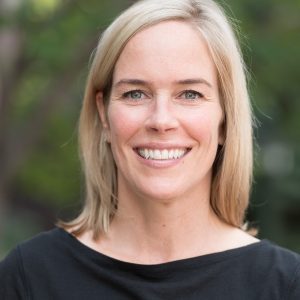
Amy Hoeven
"My communications training helped me right away after graduation. Interacting with people is a key way I gather information so it really helped formalize my curiosity about people and how we work together. It also trained me to be nimble. Having the ability to listen, analyze and evaluate situations is extremely important in every aspect of life and having these skills gives me the confidence to take on new challenges, like creating a VR documentary."
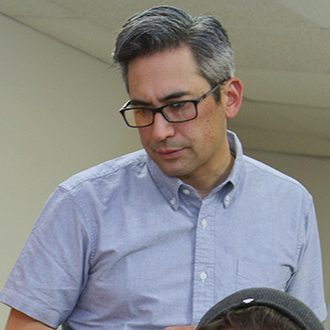
Eric Ishiwata
"It sparked intellectual curiosity and provided the foundation needed to bridge “real-world” community issues with practical, culturally-appropriate, evidence-based solutions.
Critical thinking, synthesizing information, building logical arguments, clear communication, and the ability to contextualize current events in broader historical, political, economic, and cultural processes that are complicated by the intersections of race, class, gender, sexuality, ability, and religion."
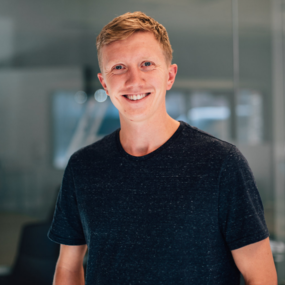
Kyle Rasmussen
"I can confidently say that almost every aspect of my liberal arts education applies to what I do.
What makes a scholar is a person’s humility to accept that they may not understand, and their willingness to ask questions. In the work I do, I am constantly challenging not just others’ viewpoints, but also my own. We have to be a community that asks questions and challenges what we know, because our questions and the way we think about people directly affects lives."
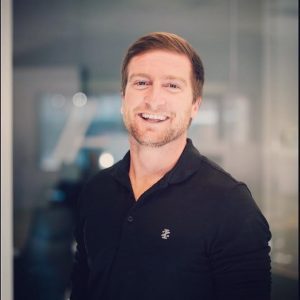
Brandon Woolridge
"It’s a well-rounded education that is applicable to many types of jobs and situations: The international culture and language classes have helped me relate to people from different cultures around the world. Being able to use my education to help make an impact in the community is where the real learning begins."
